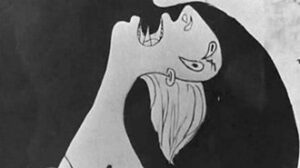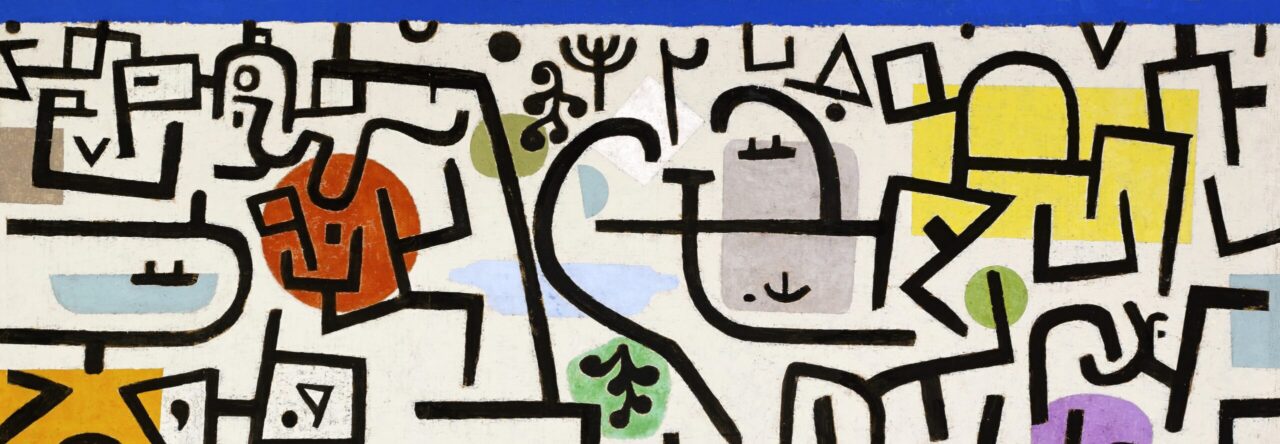‘The solid reality of a piece of ore’: Alain Resnais’s Guernica (1950), by Dr Tamara Trodd (Edinburgh College of Art)
Tuesday, 27 February, 5.15pm
40 George Square, Lecture Theater B

Still from Alain Resnais, Guernica, 1950.
Alain Resnais’s 14-minute film, Guernica (1950), co-directed with Robert Hessens, with a script by Paul Éluard and music by Guy Bernard, is a film composed entirely of a montage of still images: a combination of historic photographs of the bombing of the Basque town, Guernica, in 1937, with close-ups of paintings and sculptures by Pablo Picasso. To an extent it may be understood as continuing a tradition of the European ‘art’ film: a once-popular and mainstream form of cinema, represented for example by the films of Italian director, Luciano Emmer, or the Belgian director Henri Storck. And yet Resnais’s film also radically departs from this genre: its reference to the recent, real-world atrocity of the bombing and its use of an intensely expressive musical score transforming the work into a film which speaks forcefully not just about art, but also about recent history and politics. Marking a break too with Resnais’s own previous style, as established in his more conventional earlier films, Van Gogh (1948) and Gauguin (1949), Guernica is still astonishing in its impact on the viewer today; as well as in the extent to which it announces a seemingly fully-formed, radical and accomplished style, which can be seen to have shaped later works of French cinema including Chris Marker’s La Jetée (1962). In this talk I will examine the ways in which, with Guernica, Resnais shows us how the close scrutiny of art may in André Bazin’s words, ‘take on the solid reality of a piece of ore’: in so doing contributing to a wider reworking of the way in which art may take purchase on ‘reality’, at this moment in mid-century modernist art.
Tamara Trodd is Senior Lecturer in Modern and Contemporary Art in the History of Art department at the University of Edinburgh. She is currently completing a new book, Realism Reconfigured: Historical Returns in Contemporary Art. She is the author of The Art of Mechanical Reproduction: Technology and Aesthetics from Duchamp to the Digital (Chicago, 2015), and the edited collection, Screen/Space: The Projected Image in Contemporary Art (Manchester, 2011). Her essay, ‘Creation and Decreation in Tacita Dean’s Antigone’ is forthcoming in October.



Leave a Reply